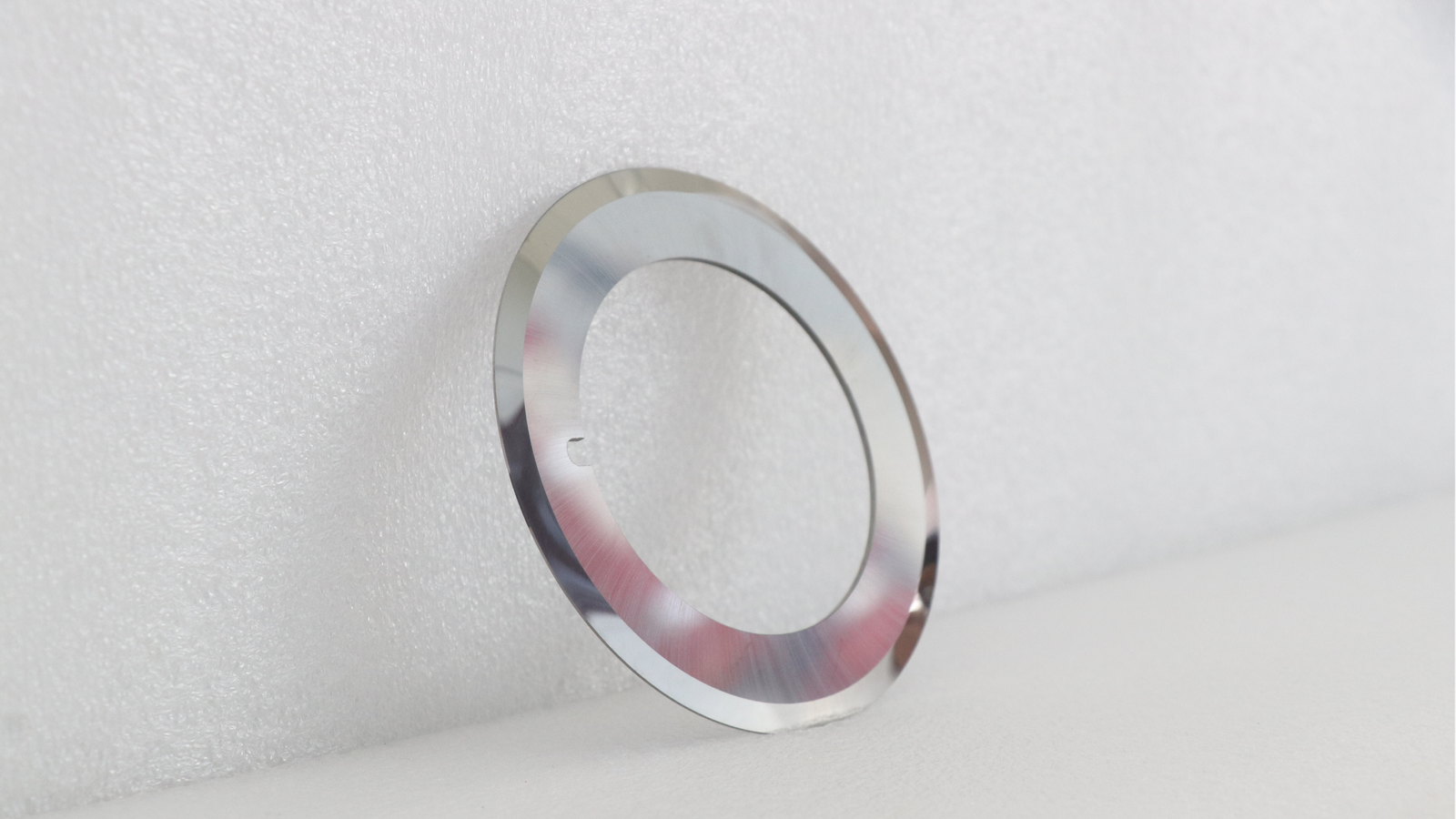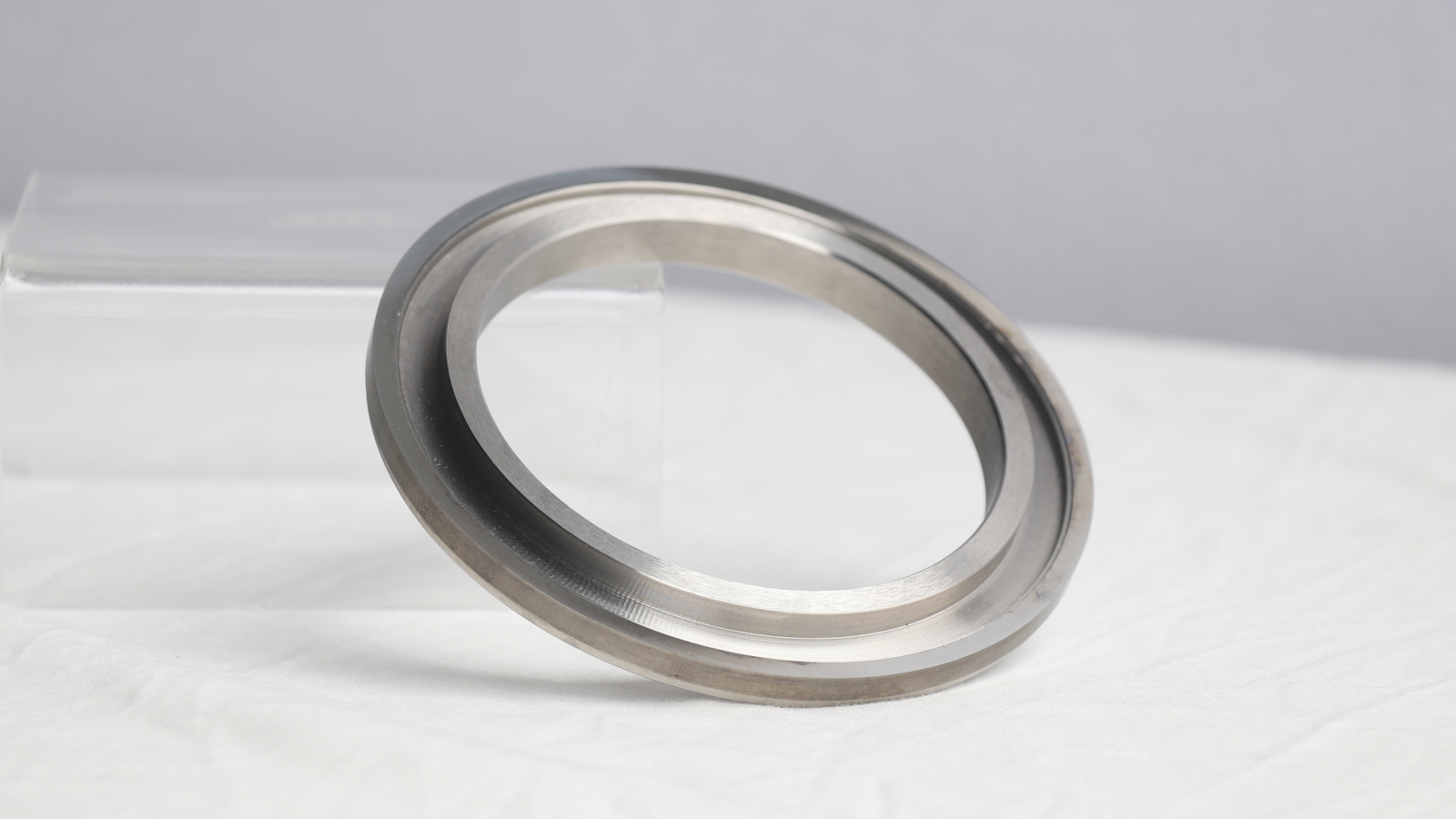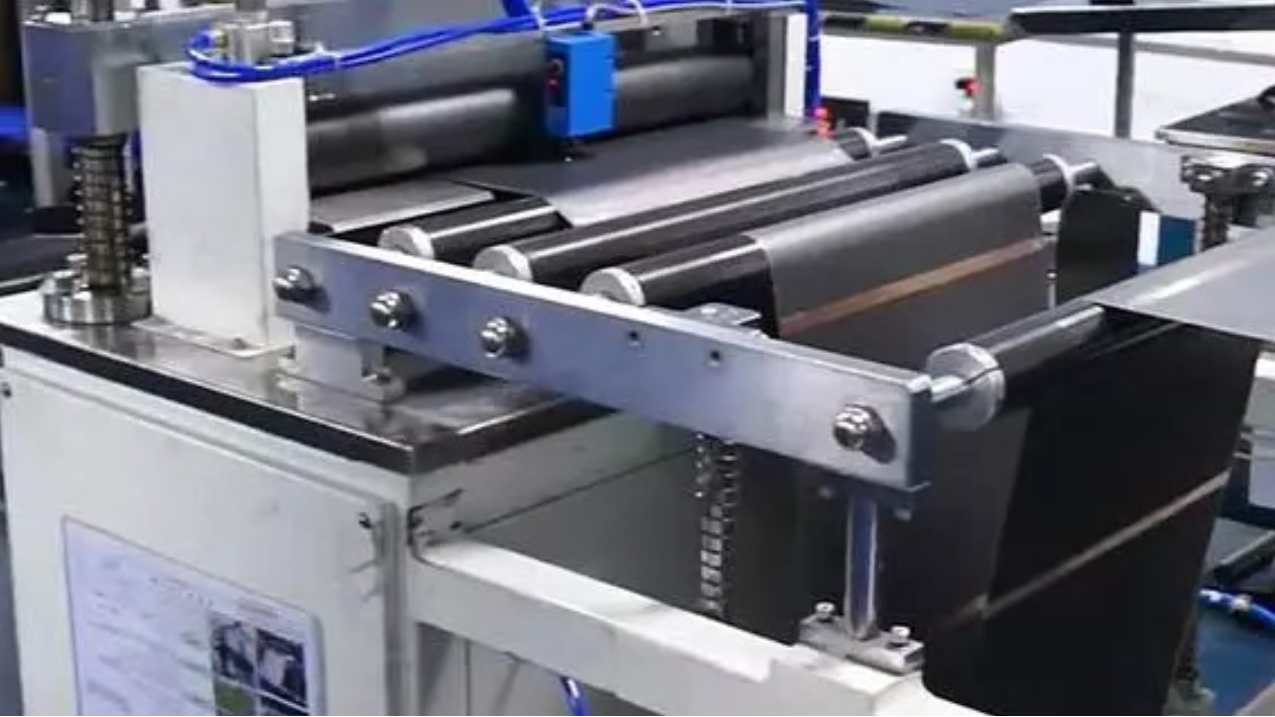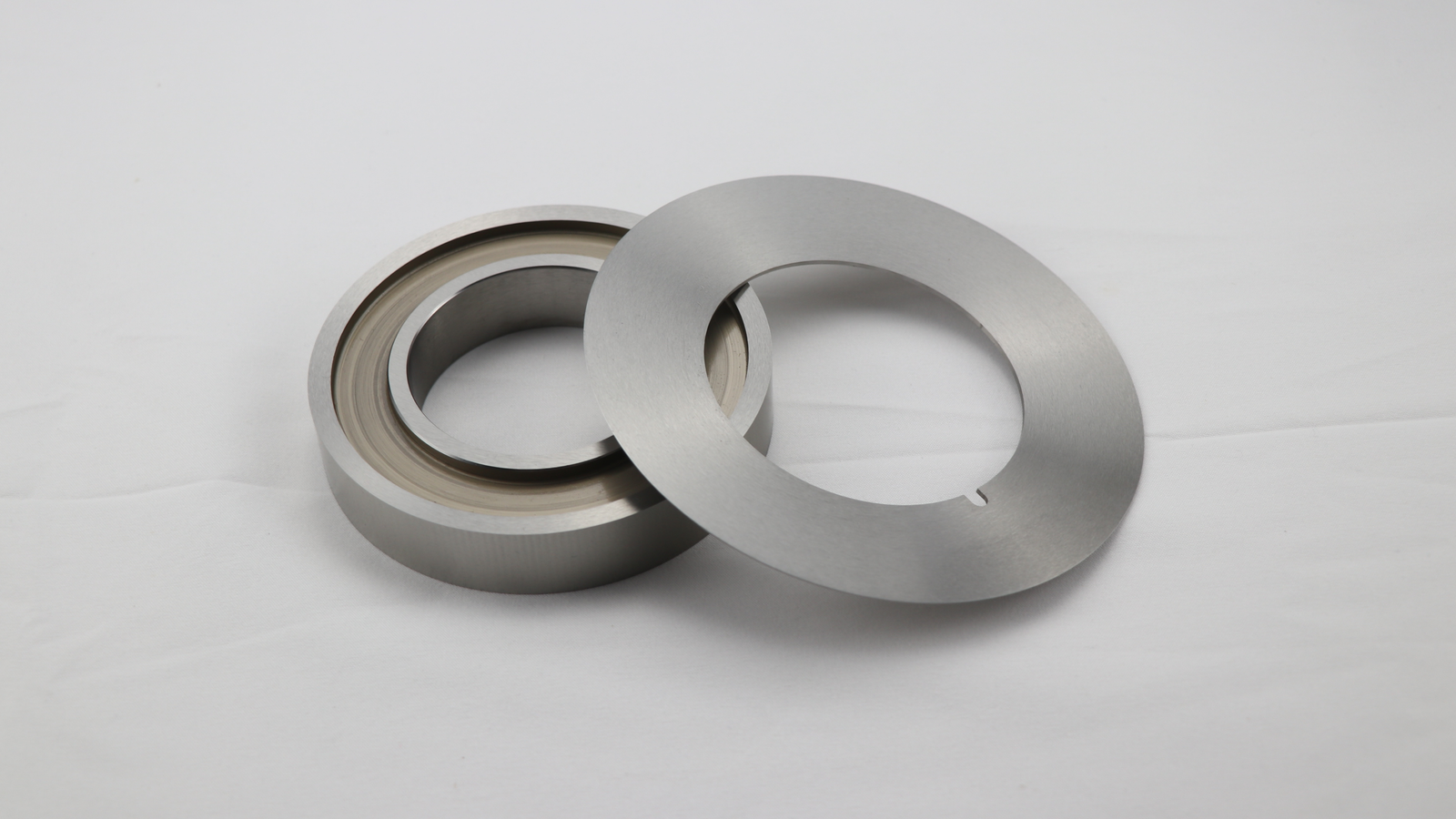Struggling with battery performance issues? Inconsistent cuts from slitting blades might be the hidden cause. This can lead to significant material waste and serious safety risks.
The primary function of circular slitting blades1 is to perform high-precision slitting on lithium battery electrode materials2. This includes the anode, cathode, and separator. They are essential for ensuring consistent battery dimensions and stable performance, which are critical for the final product's quality and safety.
But it’s not just about cutting. The way these blades cut is what truly makes the difference in battery manufacturing. Poor cutting can introduce tiny flaws that have huge consequences for the final product's performance and safety. It's a small step in the process, but its impact is massive. Let's explore exactly how this technology works and why every detail matters for your production line.
How Do These Blades Achieve Such Precise Cuts?
Are your slitting blades causing material stretching or burrs3? This common problem ruins delicate battery foils. The secret to clean cuts lies in the blade's precise mechanical action.
Circular slitting blades use a scissor-like shear cutting action4. A top blade and a bottom blade rotate in sync with a tiny, micron-level gap between them. This precise gap ensures a clean cut without deforming the material, preventing defects like burrs or stretching.
A few months ago, I spoke with Kevin, a technical supervisor at a lithium battery factory in the U.S. He was facing major problems with burrs and dust during his electrode slitting process. These defects were affecting his battery performance and causing inconsistent results. After we talked, I recommended our high-precision tungsten carbide circular slitting blades. I also helped his team optimize the blade gap5 control on their machines. The results were immediate. The cuts became smooth and clean, and his production stability improved dramatically.
This is all thanks to how these blades work.
The Shear Cutting Mechanism
The system uses two blades working together. The top blade is the active cutting tool that slices through the material. The bottom blade acts as a support, holding the material steady. They rotate in opposite directions, creating a clean shearing effect much like a pair of high-tech scissors. This method is far superior to a single blade pressing against a surface, as it minimizes stress on the soft electrode material.
The Importance Of The Blade Gap
The space between the top and bottom blades, known as the blade gap, is the most critical factor. This gap must be controlled with micron-level precision.
| Gap Setting | Result |
|---|---|
| Too Wide | Material can fold or tear, creating a rough edge. |
| Too Narrow | Blades can touch, causing premature wear and damage. |
| Just Right | A clean, sharp cut with no burrs or deformation. |
When the gap is perfect, the material is sheared cleanly, preventing the formation of micro-cracks, dust, or burrs that could compromise battery safety.
Why Is Cut Quality So Crucial For Battery Performance?
Are you worried about battery short circuits or inconsistent capacity? You might not realize that poor edge quality from slitting is often the culprit, creating hidden dangers inside the cell.
Excellent cut quality prevents burrs and dust. Burrs can pierce the separator6, causing internal short circuits. Dust contaminates the battery, leading to performance degradation and reduced lifespan. Clean edges ensure the battery's safety, reliability, and overall performance from the start.
When we ship our blades, we always emphasize that precision isn't just a feature; it's a safety requirement. The electrode materials are very delicate. The active material coated on the foil can easily flake off if not handled correctly. And the separator film is incredibly thin. Any flaw introduced during slitting can lead to a catastrophic failure down the line. That's why we focus so much on the perfect cut.
The Danger Of Burrs
A burr is a tiny, sharp piece of metal left on the edge of the cut foil. Inside the battery, the anode, cathode, and separator are wound or stacked tightly together. A burr on the edge of the electrode can easily puncture the thin separator film.
| Defect | Consequence |
|---|---|
| Burr | Punctures the separator film. |
| Punctured Separator | Allows direct contact between the anode and cathode. |
| Direct Contact | Creates an internal short circuit. |
| Short Circuit | Can lead to rapid overheating, known as thermal runaway. |
This process can cause the battery to fail, or worse, catch fire. Ensuring a burr-free cut is the first line of defense against this risk.
The Problem with Dust And Debris
If the cut is not clean, tiny particles of the active material or metal foil can become loose dust. This dust can settle anywhere inside the battery cell during assembly. These particles act as impurities. They can interfere with the flow of lithium ions between the anode and cathode, which directly impacts performance. This contamination can lead to lower capacity, higher self-discharge rates, and a shorter overall battery lifespan.
Why Is Tungsten Carbide The Go-To Material For These Blades?
Are you constantly changing blades and dealing with production downtime? Using the wrong blade material wears them out quickly. This directly impacts your entire operation's efficiency and costs.
Tungsten carbide is the preferred material due to its exceptional hardness and wear resistance. It stays sharp much longer than standard steel. This ensures consistent cutting performance over long production runs, reduces downtime for blade changes, and ultimately boosts manufacturing efficiency.
In the fast-paced world of lithium battery manufacturing, consistency is everything. Production lines run continuously at high speeds. A blade that dulls quickly will start producing poor cuts, forcing the line to stop for a blade change. This downtime costs money and creates production bottlenecks. That’s why we always recommend tungsten carbide to clients like Kevin who need maximum reliability.
Key Properties Of Tungsten Carbide
Tungsten carbide is a composite material, much harder and more durable than traditional tool steels. Its properties make it ideal for the demanding application of slitting battery electrodes.
| Property | Tungsten Carbide | High-Speed Steel (HSS) |
|---|---|---|
| Hardness (HRA) | 88 - 94 | 60 - 65 |
| Wear Resistance | Excellent | Good |
| Blade Lifespan | Very Long | Moderate |
| Heat Resistance | High | Moderate |
This incredible hardness means the blade's cutting edge remains sharp for a much longer time. It resists the abrasive nature of the electrode coatings, which can quickly wear down lesser materials.
The Impact On Manufacturing Efficiency
The material choice directly translates to business benefits. A longer blade lifespan means fewer interruptions for maintenance and blade changes. This increases machine uptime and overall throughput. Because the blades stay sharp, the cut quality remains high and consistent from the beginning to the end of a long production run. This reduces the amount of wasted material and improves the yield of high-quality battery cells. High heat resistance also allows the blades to perform well in high-speed slitting7 operations without losing their edge or shape.
Conclusion
In short, circular slitting blades ensure battery quality through precise cuts, prevent failures by eliminating defects, and boost efficiency with durable materials. They are a truly critical component.
Explore how circular slitting blades enhance precision in battery production, ensuring quality and safety. ↩
Learn about various battery electrode materials and their significance in battery performance. ↩
Understand the impact of burrs on battery safety and performance, and how to prevent them. ↩
Learn about shear cutting action and how it contributes to precision in slitting operations. ↩
Explore the significance of blade gap control in achieving high-quality cuts in manufacturing. ↩
Find out how separators maintain battery safety and performance by preventing short circuits. ↩
Discover the challenges and solutions for maintaining quality in high-speed slitting operations. ↩







